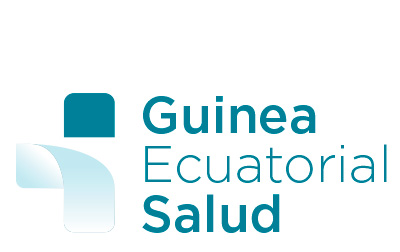
14 Mar Two years of fight against Covid-19 in Equatorial Guinea
 On March 14, 2020, the first case of Covid-19 was detected in Equatorial Guinea. Since then, we have spent two years of hard work to face this global pandemic, of scientific and organizational challenges, as well as great emotional toughness.
On March 14, 2020, the first case of Covid-19 was detected in Equatorial Guinea. Since then, we have spent two years of hard work to face this global pandemic, of scientific and organizational challenges, as well as great emotional toughness.
The Technical Committee for Surveillance and Response to COVID-19 has systematically managed the pandemic, monitoring its behavior through an adequate epidemiological surveillance system and massive testing plans. It is also worth noting the progressive increase in the rigor of contact tracing and the early isolation of cases, allowing proposals for improvement in services to be presented to the Political Committee, for timely decision-making, and with the absolute support of its President. HE Teodoro Nguema Obiang Mangue.
The main actions undertaken by the National Technical Committee have been aimed at containing the 4 waves of infections that have occurred in Equatorial Guinea. Specifically, the country’s diagnostic capacity was strengthened with the certification of the Baney Public Health Laboratory by the WHO as a reference laboratory. At the same time, reagents and laboratory materials were acquired, at the same time that the application of the rapid test was introduced in different strategic scenarios such as border points, schools or health units, among others.
On the other hand, an adequate logistics management was established with a device for the acquisition of biomedical equipment, reagents, protective material and other consumables. A series of stocks that have guaranteed the vitality of services, the response capacity of health institutions and the extreme protection of health workers “in the red zone”. In this same order, medical care was reinforced with the acquisition of artificial respirators, which were added to those already existing, strengthening the Intensive Care Units (ICU), in addition to the distribution of oxygen concentrators in district hospitals.
Two referral centers were established for case management: Sampaka Hospital in the insular region and the isolation ward of the Bata Regional Hospital in the mainland region. A national case management training was carried out by provinces, providing each territory with the necessary tools for the adequate decentralized management of the pandemic.
An Action Protocol for therapeutic management was developed, based on the WHO Technical Guidelines, which made it possible to establish -from the beginning- a standardized design throughout the country. This technical document has been kept under constant review and updating, using antithrombotic and anti-inflammatory drugs, the use of antimicrobials, in addition to specific antivirals. Within the latter, it should be noted that Equatorial Guinea was the first country in Africa, and one of the few in the world, to acquire the drug for patients.
throughout the country. This technical document has been kept under constant review and updating, using antithrombotic and anti-inflammatory drugs, the use of antimicrobials, in addition to specific antivirals. Within the latter, it should be noted that Equatorial Guinea was the first country in Africa, and one of the few in the world, to acquire the drug for patients.
The arrival of the vaccine came to reinforce the strategy to confront COVID-19, with Equatorial Guinea being one of the first African countries to start vaccination work. Two years later, the third dose or booster dose has already been introduced. The current control indicators show a positivity rate of 0.2%, 12 active, 6 confirmed cases, 11 recovered and 3 hospitalized.
With the arrival of the second wave of infections, the community intervention strategy was implemented, setting up multidisciplinary care teams that made it possible to reach the communities with comprehensive actions. This effective strategy has allowed the containment of 3 of the waves of contagion, perfecting its actions and taking the experience acquired to the rest of the country’s provinces.

